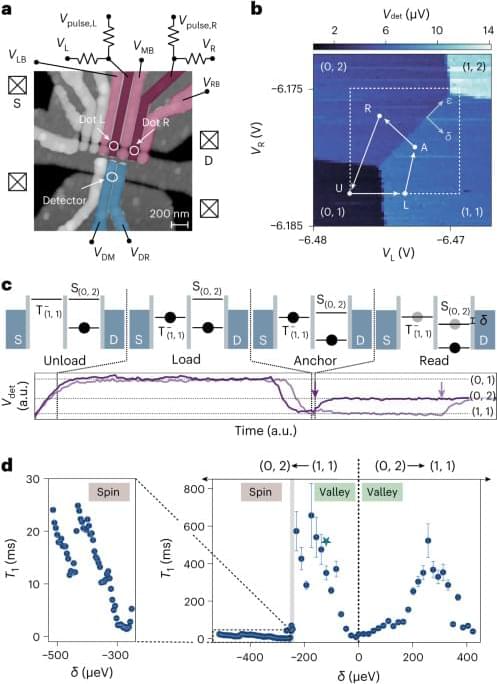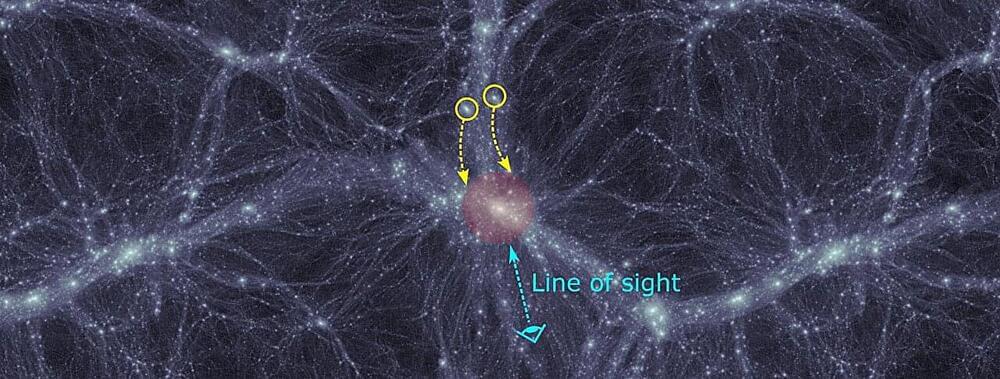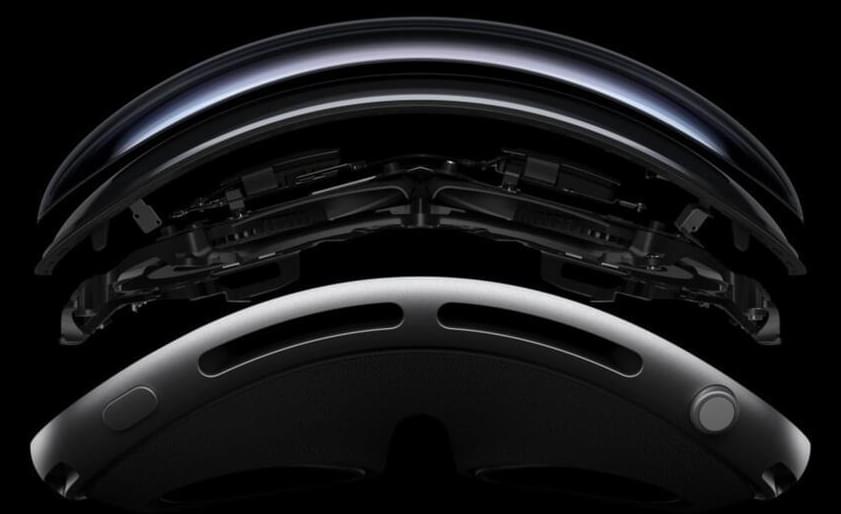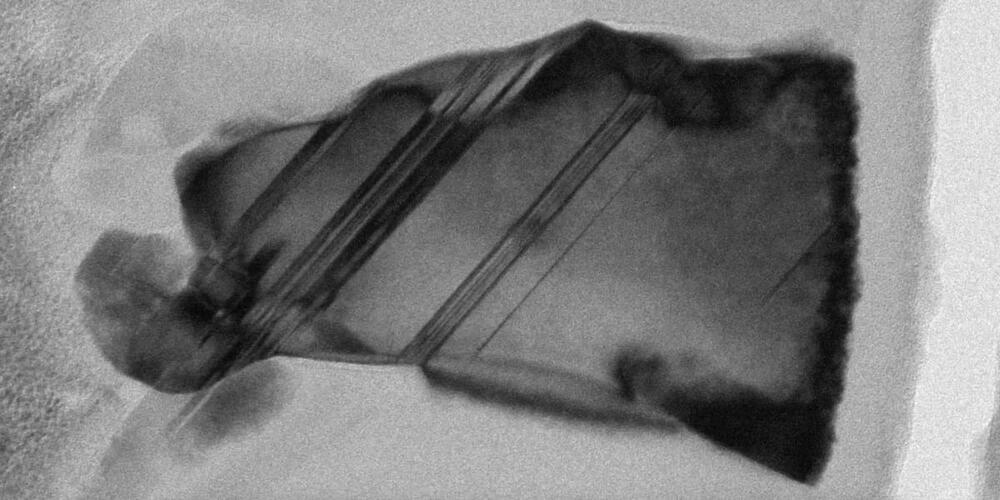Using the valley degree of freedom in analogy to spin to encode qubits could be advantageous as many of the known decoherence mechanisms do not apply. Now long relaxation times are demonstrated for valley qubits in bilayer graphene quantum dots.



An international team of researchers from Leibniz University Hannover (Germany) and the University of Strathclyde in Glasgow (United Kingdom) has disproved a previously held assumption about the impact of multiphoton components in interference effects of thermal fields (e.g., sunlight) and parametric single photons (generated in non-linear crystals). The journal Physical Review Letters has published the team’s research.
“We experimentally proved that the interference effect between thermal light and parametric single photons also leads to quantum interference with the background field. For this reason, the background cannot simply be neglected and subtracted from calculations, as has been the case up to now,” says Prof. Dr. Michael Kues, Head of the Institute of Photonics and member of the Board of the PhoenixD Cluster of Excellence at Leibniz University Hannover.
The leading scientist was Ph.D. student Anahita Khodadad Kashi, who performs research on photonic quantum information processing at the Institute of Photonics. She investigated how the visibility of the so-called Hong-Ou-Mandel effect, a quantum interference effect, is affected by multiphoton contamination.

In standard cosmological models, the formation of cosmological structures begins with the emergence of small structures, which subsequently undergo hierarchical merging, leading to the formation of larger systems. As the universe ages, massive galaxy groups and clusters, being the largest systems, tend to increase in mass and reach a more dynamically relaxed state.
The motions of satellite galaxies around these groups and clusters provide valuable insights into their assembly status. The observations of such motion offer crucial clues about the age of the universe.
By using public data from the Sloan Digital Sky Survey (SDSS), a research team led by Prof. Guo Qi from the National Astronomical Observatories of the Chinese Academy of Sciences (NAOC) analyzed the kinematics of satellite pairs around massive galaxy groups. The team’s findings suggest that the universe may be younger than predicted by the LCDM model with Planck cosmological parameters.

A research team from Hefei Institutes of Physical Science (HFIPS), Chinese Academy of Sciences (CAS), discovered a new superconducting material called (InSe2)xNbSe2, which possesses a unique lattice structure. The superconducting transition temperature of this material reaches 11.6 K, making it the transition metal sulfide superconductor with the highest transition temperature under ambient pressure.
TMD materials have received lots of attention due to the numerous applications in the fields of catalysis, energy storage, and integrated circuit. However, the relatively low superconducting transition temperatures of TMD superconductors have limited their potential use.
In this study, scientists successfully fabricated a new superconducting material with the chemical formula (InSe2)xNbSe2. Unlike the conventional conditions where isolated atoms are inserted into the van de Waals gaps of low dimensional materials, in (InSe2)xNbSe2 the intercalated indium atoms were found to form InSe2-bonded chains.

A breakthrough discovery of a new superconducting material sets a new record for transition metal sulfide superconductors with a transition temperature of 11.6 K and a high critical current density, marking a significant advancement in superconductor development.
With the support of electrical transport and magnetic measurement systems of Steady High Magnetic Field Facility (SHMFF), a research team from Hefei Institutes of Physical Science (HFIPS), Chinese Academy of Sciences (CAS), discovered a new superconducting material called (InSe2)xNbSe2, which possesses a unique lattice structure. The superconducting transition temperature of this material reaches 11.6 K, making it the transition metal sulfide superconductor with the highest transition temperature under ambient pressure.
The results were published in the Journal of the American Chemical Society.

Architecture practice Studio RAP has combined algorithmic design and 3D printing to create a pair of archways informed by Delft Blue porcelain at the PoortMeesters housing in the Netherlands.
Named New Delft Blue, the archways were designed to frame entrances to a courtyard garden at the centre of the housing development in Delft designed by The Hague-based VY Architects.
They were constructed using 3,000 unique tiles that were 3D-printed and arranged in a pattern determined by an algorithm created by Studio RAP.

After half a year of knowing nothing technically about the Apple Vision Pro, Apple has spelled out many of the specs of the unit. Here’s what you need to know.
For Apple’s own reasons, it’s been reticent to detail the Apple Vision Pro. However, when the Apple Store came back up, there was a new technical specs page attached to the order page, and now on the company’s homepage.
Undisclosed at launch, there are three storage capacities. Apple Vision Pro headsets come in 256GB, 512GB, and 1TB storage configurations. At this time, it doesn’t appear that RAM quantities differ as they do in the iPad as storage configurations climb, as the spec sheet claims a universal 16GB of RAM across all units.


